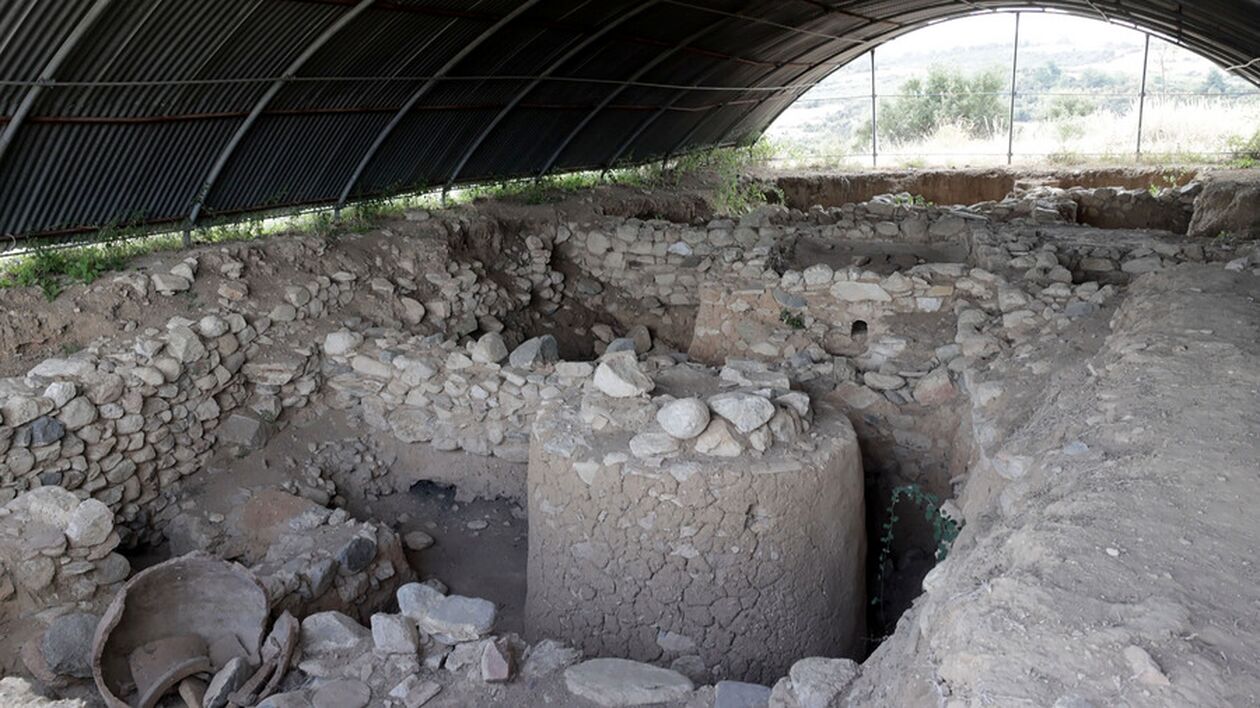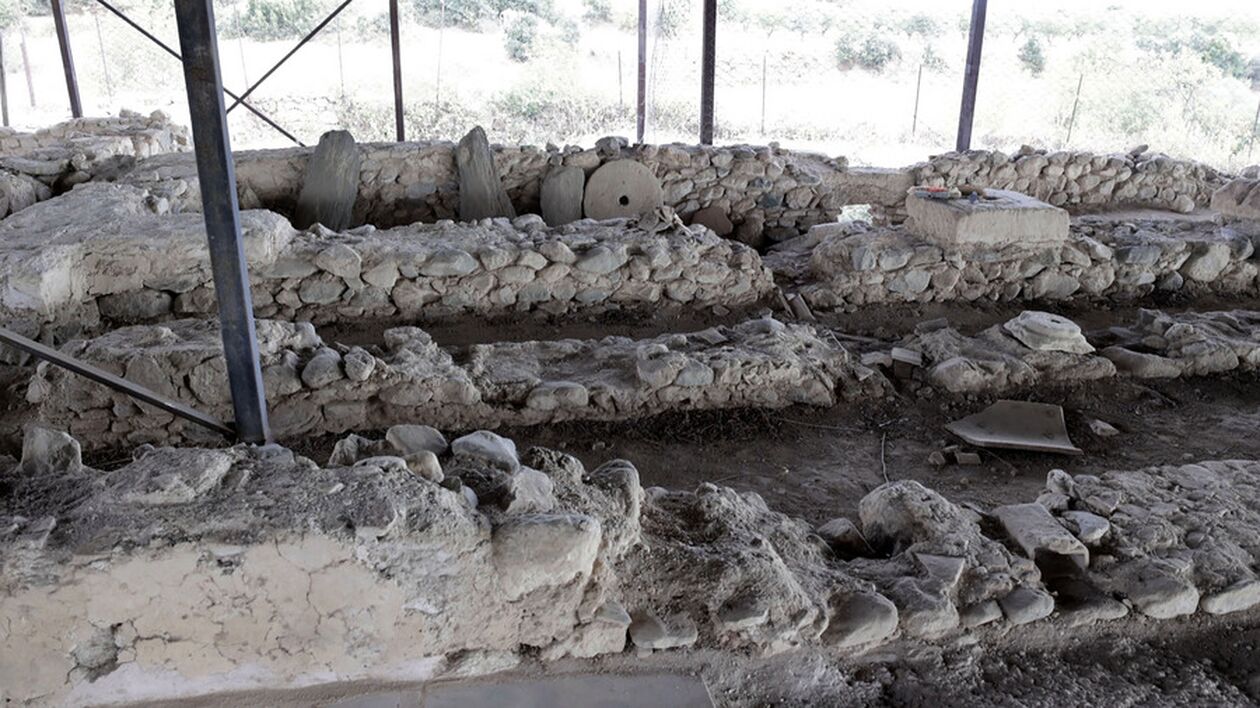
Archaeologists have recently uncovered an ancient city in Palaiokastro, Serres, Greece.
The ancient city appears to have been founded at the end of the 6th century BC and remained in existence into the 6th century AD. Archaeologists who have been conducting research in the area are part of a team led by the Serres Antiquities Ephorate in collaboration with the French School of Athens.
They have discovered impressive monuments and gathered data that add to what is already known about the history of this Ancient Greek city.
Archaeologists hope to correctly identify name of ancient city
“Paleokastro’s location is identified with one of the ancient cities of the lower valley of Struma known [since] ancient historical sources,” the Head of the Ephorate of Antiquities of Serres, Dimitria Malamidou, told AMNA.
“We hope that with the new research, there will be findings (inscriptions, coins) that will allow the safe identification of the city’s name,” Malamidou said. “However, it is already obvious that its strategic position between the fertile valley of the river Struma and the slopes of the ore-rich mountains of Kerdyllion and Vertiskos, contributed to its long and successful history.”
“It is no coincidence that among the oldest finds, an inscription stands out that mentions the word ‘adamaϛ,’ a term that refers to gold and probably to its exploitation” she added.
Efthymios Rizos, an archaeologist of the Ephorate of Antiquities of Serres and a member of the excavation team of the project in Terpni, shares Malamidou’s views. He pointed out that they are already aware of various cities that had flourished in the area in antiquity, but most of these cities cannot be identified with certainty.
Rizos also mentioned that excavations and research in Terpni have offered clear evidence as to the ancient city’s lifespan. An inscription confirms that, in Roman imperial times, this settlement had political institutions, he added.
What the findings reveal about the ancient city in Serres, Greece
The findings have revealed that the area was initially under the control of the Thracian tribe of the Bisaltians. However, it was later settled by Greeks from the cities of the South and the Macedonian Kingdom. Findings of the excavations prove the presence of Greek pottery as early as the 6th century BC.
Excavations have also unearthed Hellenistic-era building phases, part of the fortification, a Roman basilica with a complex of thermal baths, a workshop with wine presses (cistern) of Roman times, and two Christian churches of the three-aisled basilica type.
Several tombs from various eras have been excavated on its territory, as well as a Macedonian-type tomb belonging to the brothers Ipponakta and Dioscorides. The latter were sons of Apollodorus, who was, according to historical sources, a comrade of Alexander the Great, “says the Head of the Ephorate of Antiquities of Serres.”

When they began to research the ancient city
The first time archaeologists began conducting research in the area was in 1965. According to Malamidou, it was Eugenia Giouri who discovered a “Macedonian-type” tomb at a distance of about two kilometers east of Paleokastro.
The tomb was dated by a coin around 328 BC. According to the inscriptions engraved inside the tomb, it belonged to the brothers Ipponakta and Dioskourides, who were the sons of Apollodorus, the partner of Alexander the Great, who had settled in Amphipolis.
In 1981, extensive leveling work caused damage to the top of the hill of Paleokastro, revealing parts of ancient buildings, architectural parts, reliefs, and an inscription from the 3rd century AD.
The first exploratory excavations carried out in 1985 revealed a Roman building and lower walls of the Hellenistic period. Then, in 1993, archaeologist Marianna Karamberi led the first systematic excavation of the site, added Malamidou.
The aim of the archaeologists
The archaeological team says their goal is to return a very important site to the public. They hope the ancient city in Greece will be popular with visitors. Furthermore, there is the hope that it will constitute a source of cultural and economic upgrading for the area.
At the same time, in 2019, the Municipality of Visaltia, in close cooperation with the Ephorate of Antiquities of Serres, managed to complete the cleaning of the site which had remained unused for years. The municipality continues to support the research team in any way possible.
“Our common thread is the promotion of the specific historical site, always in the light of the protection of antiquities and the natural environment, with the main goal [being] to ensure visitor traffic to the site,” concluded the Head of the Serres Antiquities Ephorate.